Engravings created with the help of laser technology offer a high level of personalization for a variety of products, awards and gifts. Laser engraving has a much wider application and also serves to efficiently mark components and items with numerical codes or barcodes in industrial settings.
Need to make your mark? Whether a small, intricate project or an industrial scale endeavor, the range of laser engraving machines on the market has something for everyone. Each unit is suited to specific materials, sizes, and levels of detail, so you can be sure to find the perfect fit for you.
Prior to investing in a laser engraving machine, it is essential to examine several criteria, such as:
When selecting a laser for an engraving project, there are several important measurements to consider. The type of laser – whether it is CO2, fiber, or YAG – will influence the power measured in watts. Additionally, the engraving area should be specified in inches and the speed of the engraving in inches per second. Lastly, resolution should be indicated in dpi, or dots per inch.
The use of CO2 lasers has become increasingly popular as a way to engrave a wide array of materials including wood, plastic, glass, and leather. With an extensive range of cutter power – from a minimum of 30 watts to a maximum of 150 watts – it’s no surprise these lasers are the number one choice for this purpose.
New on the engraving scene, fiber lasers offer revolutionary performance for etching metal surfaces. From 30 to 50 watts in power, there is a range of positions available.
YAG lasers can be harnessed by businesses for various needs, such as engraving, when dealing with materials like metal, plastic, and glass. Companies have the option to choose from between 50 and 200 watts of power, depending on their requirements.
For laser engraving applications, the available area for production is determined by the engraving area of the machine. The standard size of this field runs along the lines of 12″ x 8″ to 12″ x 12″, although some machines offer more generous proportions up to 24″ x 36″.
The speed for the laser to traverse the surface of a material is defined as engraving speed, denoted in inches per second. Depending on the material and how precise the details must be, this velocity can be personalized.
When it comes to engraving, the resolution serves as the litmus test for the laser; it is determined in dpi, or dots per inch. Depending on the material for the engraving and the desired level of clarity, this resolution can then be modified for optimal results.
When selecting a laser engraving machine, the 3 key factors you should keep in mind are the materials to be engraved, the dimensions of the space you’re working with, and the level of finesse needed on the finished product.
Related Product
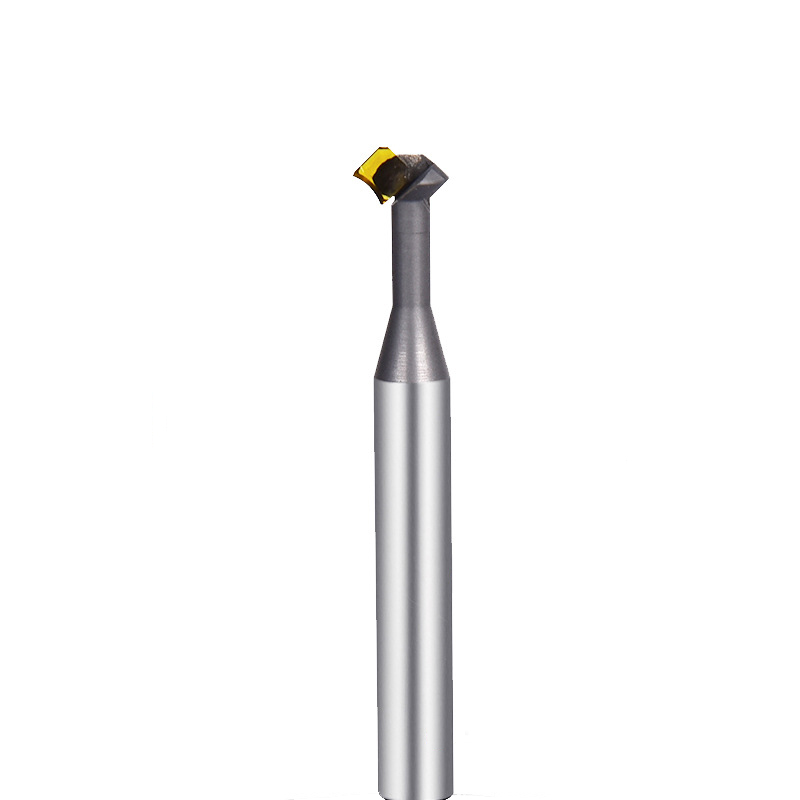
MCD Turning Tool Mirrow Finish R Cutter
Product Information Product Name Single Crystal Diamond Lower Chamfering Inner R Cutter Brand MSK Handle Material Tungsten Steel Blade Material Customized Pcd, Single Crysta […]
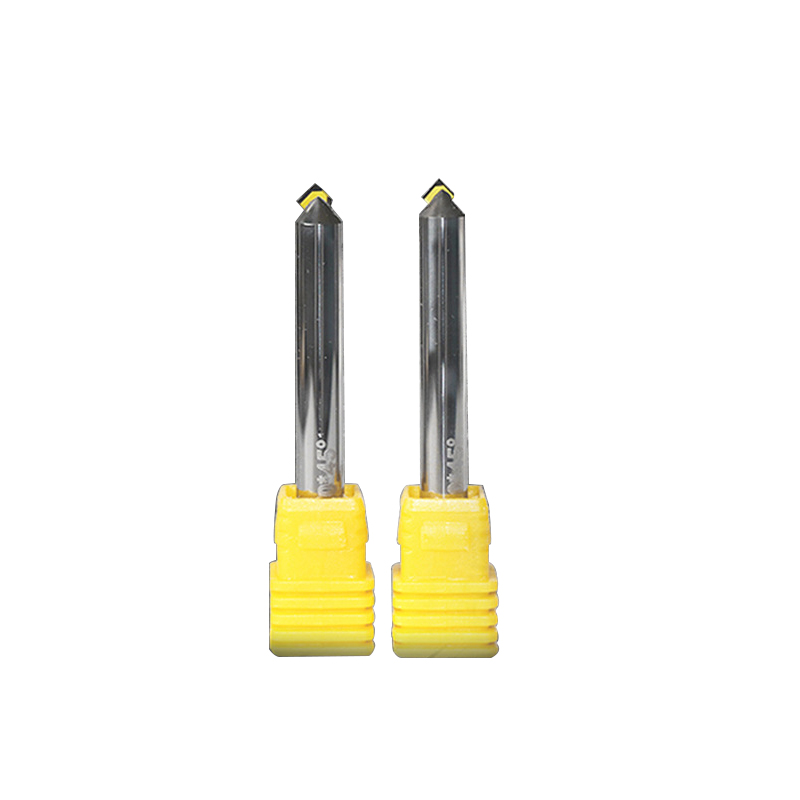
MCD Polishing Cutter for Gold Silver
Product Information Origin Tianjing, China Whether To Coat Uncoated Brand MSK Unit Weight 0.3kg Tool material Tungsten steel bar imported from Germany Product Size Shank Dia […]
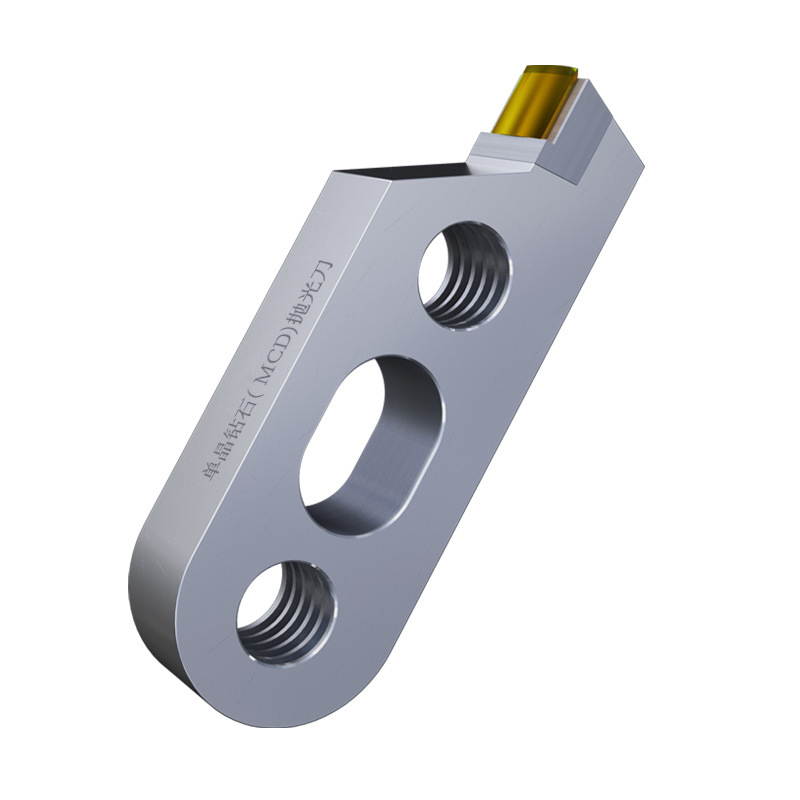
Single Crystal Diamond Polishing Cutter
Origin Tianjing, China Shank Diameter 6 (mm) Brand MSK Blade Change Method The Diamond Is Welded To The Cutter Body As A Whole Material Single Crystal Diamond (MCD) Scope Of […]
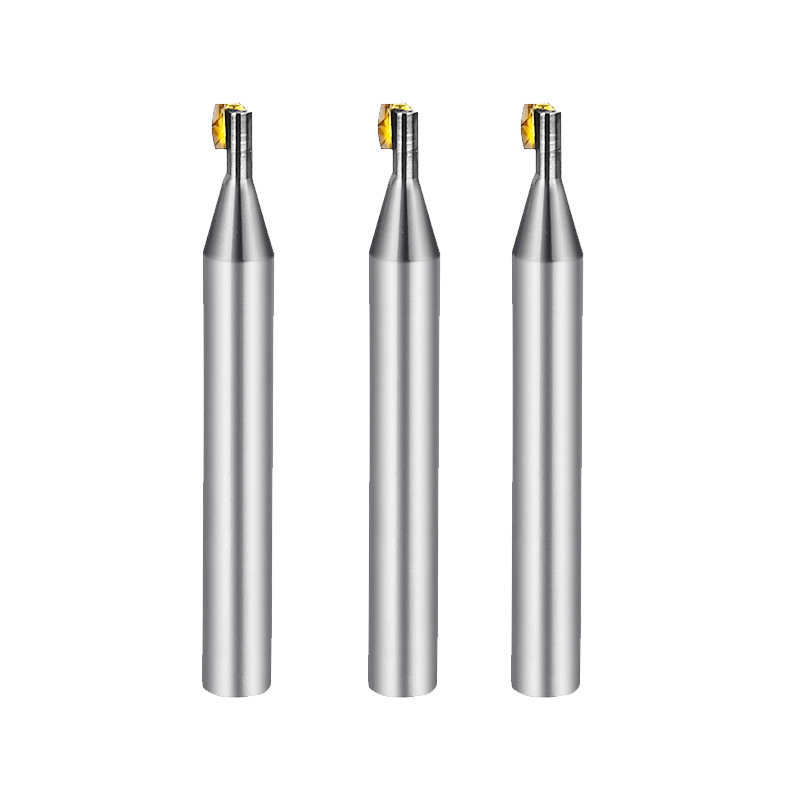
Diamond Turning Tools Outer Jewelry R Cutter
Product Information Origin Tianjing, China Material Tungsten Steel Brand Msk Type Half Round Key Milling Cutter Product Name Single Crystal Diamond Side Edge Arc Milling Cut […]
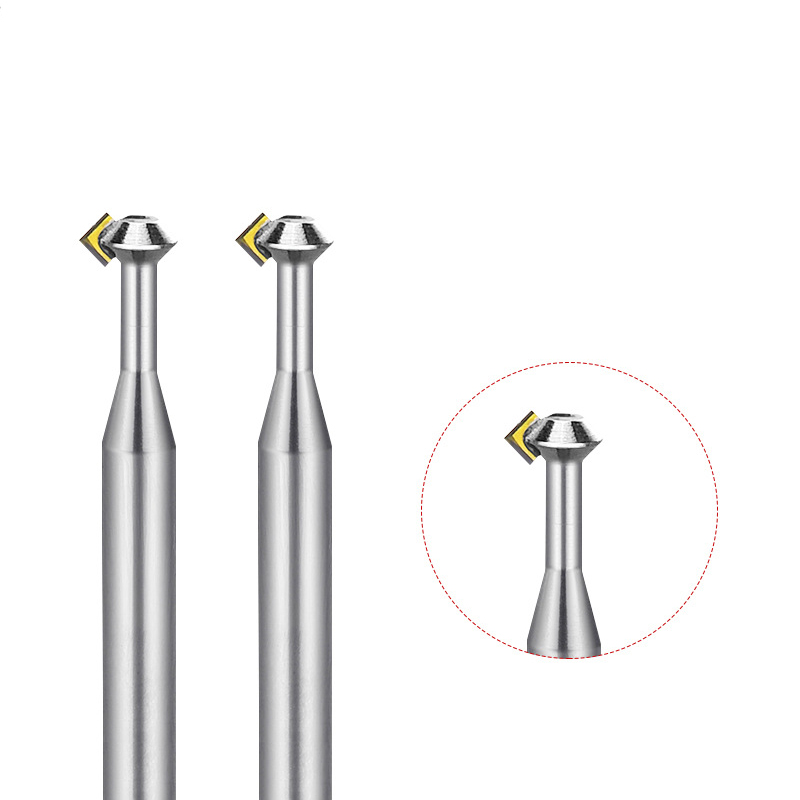
MCD High Gloss Chamfer Cutter For Gold
Product Information Origin Tianjing, China Type Flat Milling Cutter Brand Msk Whether To Coat Uncoated Series Cutter Milling Cutter Processing Range Clocks And Watches, Copp […]
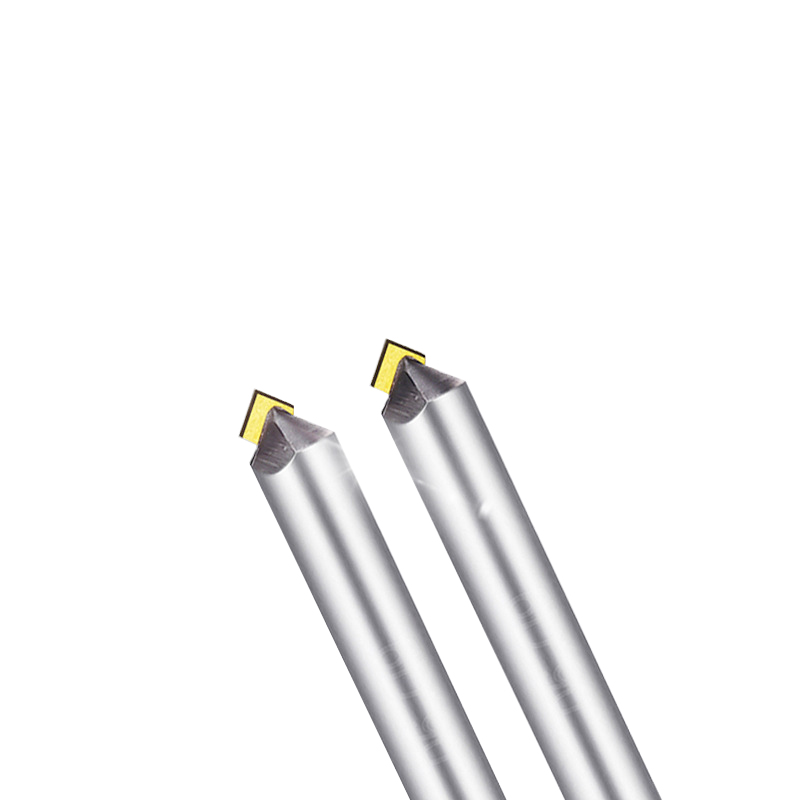
Lathe Bits MCD High Gloss Chamfer Tool
Product Information Origin Tianjing, China Cutting Edge Form Straight Edge Brand MSK Material Single Crystal Diamond Chamfer Angle 30°-180° Type Angle Milling Cutter Minimum […]
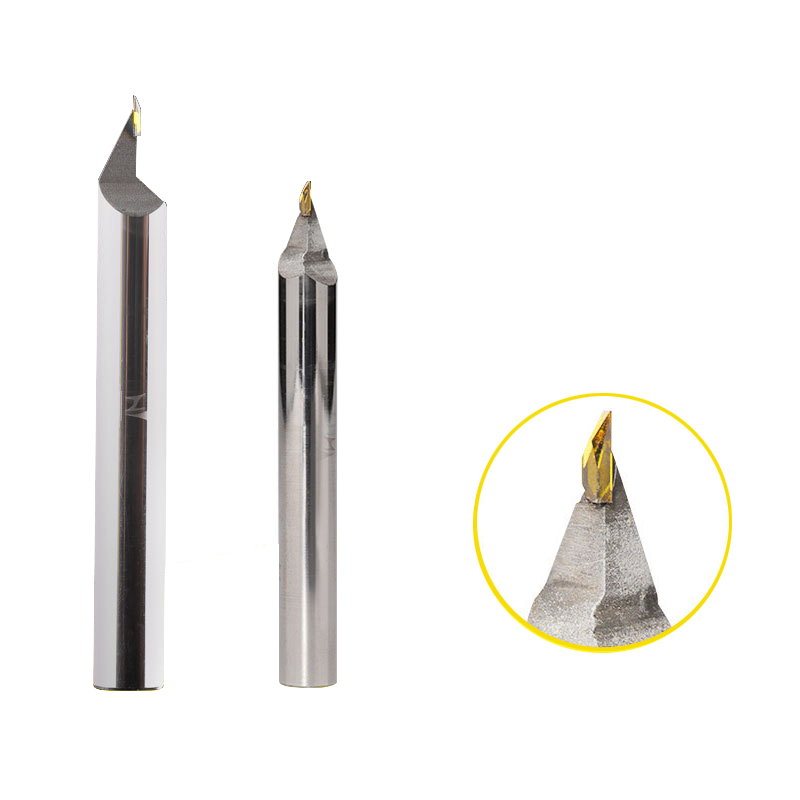
CVD/PVD/MCD Gold Jewelry Diamond Engraving Cutter
Parameter Product Name Single Crystal Diamond Carving Cutter Rotating Speed 10000-30000r/min Tool Nose Width 0.1-6.0mm Feed 1500-5000mm/min Blade Material Single Crystal Dia […]
Post time: 2023-06-21




